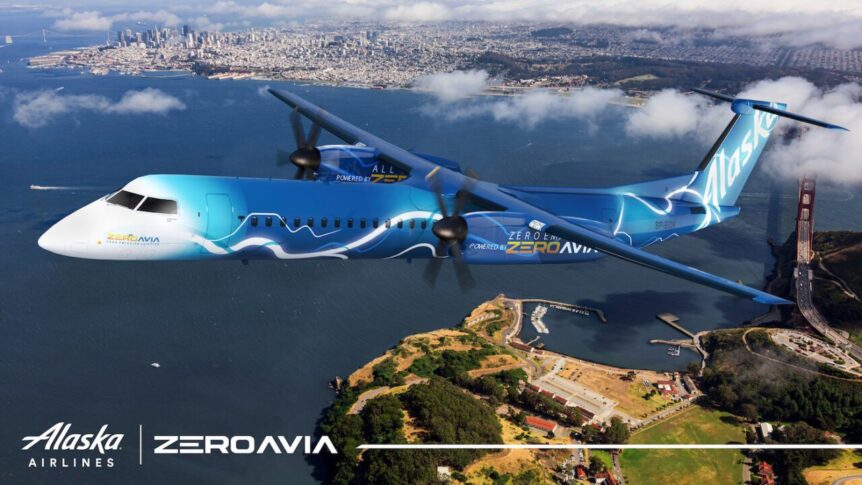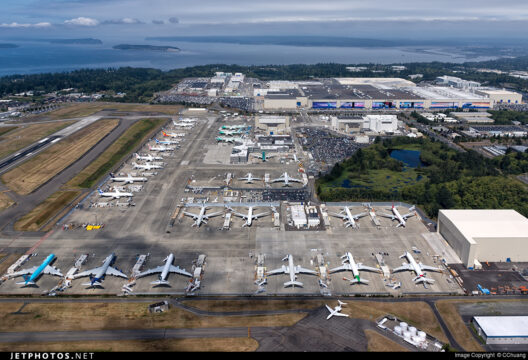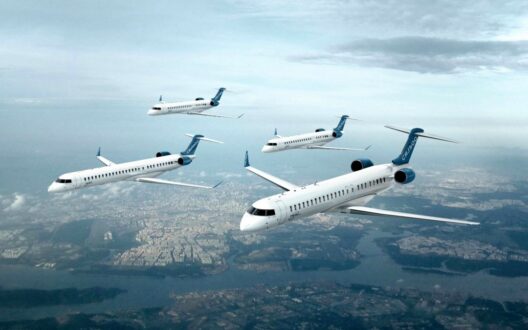In the Everett (Washington) Herald Janice Podsada reports, “ZeroAvia, which currently has offices in London and in Hollister, California, plans to invest $5.5 million to ready an Everett site for a team of 20 design and software engineers.” This will be a new entry in Snohomish County, a location already supporting over 500 aerospace companies.
Everett, site for Boeing Aircraft’s huge production facility, is also home to MagniX, poised to power aircraft such as Eviation’s Alice, currently preparing for test flights in Arlington, about 18 miles north. ZeroAvia will accept, “A $350,000 grant to convert a warehouse at the Snohomish County-owned airport into a research-and-development facility.”
Val Miftakhov, ZeroAvia’s founder, explained the importance of the state’s Department of Commerce grant. “Given the age of the facility we will be occupying, this grant closed a gap related to facility construction and we are excited to engage in this community.”
A hub of the Northwest’s center for aircraft development, Paine Field is also close to headquarters for Alaska Airlines, which will help ZeroAvia create a hydrogen-powered adaptation of the De Havilland DHC-8-400 (Q400) aircraft flown on many Alaska routes.
On December 14, 2021, ZeroAvia and De Havilland Canada signed Memorandum of Understanding (MOU), “To develop a line-fit and retrofit program for De Havilland Canada’s aircraft models, using hydrogen-electric propulsion in both new and in-service aircraft.” De Havilland has options to purchase up to 50 kits for the program, most of which will probably be employed in Alaska’s aircraft fleet.
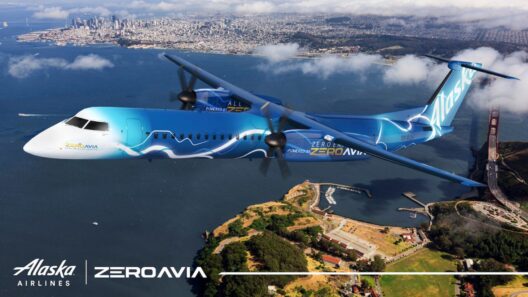
Alaska Airlines and ZeroAvia are collaborating on converting up to 50 De Havilland Q400s to H2 power
ZeroAvia is working its way toward larger aircraft by converting a Dornier 228 to hydrogen fuel cell power. That 20-seat effort, underway in England, is part of Miftakhov’s ambition to power every aircraft with hydrogen. In the following video, he explicates some of the steps ZeroAvia is taking to make ever-larger H2 aircraft possible, from engineering to regulatory compliance.
Working now in England, ZeroAvia has received grants from the British government, part of its larger program to achieve carbon neutrality by 2050. As the government explains, “The Jet Zero Council (JZC) is a partnership between industry and government to bring together ministers and chief executive officer-level stakeholders, with the aim of delivering zero emission transatlantic flight within a generation, driving the ambitious delivery of new technologies and innovative ways to cut aviation emissions.”
ZeroAvia is also hooked up with Mitsubishi, and the team intends to design a purpose-built regional airliner and convert MHI RJs (Mitsubishi Heavy Industry Regional Jets) to hydrogen power. Even larger, the firm has plans with United Airlines to convert CRJ regional jets to hydrogen-driven propeller drive.
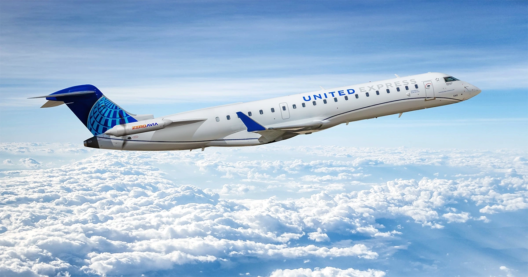
ZeroAvia and United are united in creating H2-powered CRJ regional “jet.” (What will we call these things?)
As ZeroAvia is able to prove its technology on larger, faster, and longer-range aircraft, and as “green” hydrogen lowers the cost and increases the availability of the fuel, we could see a new golden age of aviation on our horizon.

